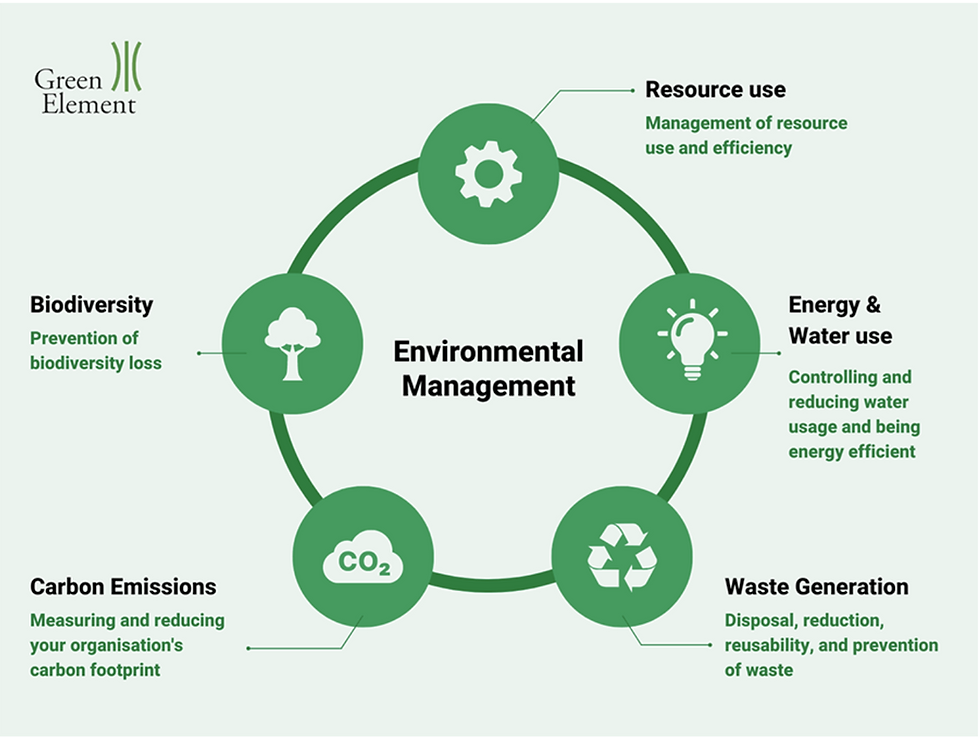Violence and aggression at work
- Dorset Health and Safety

- Apr 12, 2024
- 3 min read
Taken from the HSEs Weekly Digest Newsletter

Overview
This guidance explains what work-related violence and aggression is and how employers can protect workers from it.
It is also aimed at safety representatives and people responsible for health and safety in their workplace. We have separate advice for workers.
If you're self-employed, you can check if health and safety law applies to you.
This guidance covers the law, how to assess the risks and put the right controls in place to protect workers.
It also covers what you should do if an incident does occur, what to report and how to support any workers who may be physically or mentally affected.
Definition of violence at work
The Health and Safety Executive (HSE) defines work-related violence as:
‘Any incident in which a person is abused, threatened or assaulted in circumstances relating to their work.’
It is important to remember that this can include:
verbal abuse or threats, including face to face, online and via telephone
physical attacks
This might include violence from members of the public, customers, clients, patients, service users and students towards a person at work.
For violence to be work-related, it must be in connection with the work activity. For example, the following situations would not be included in this definition:
personal disputes between workers and other people, such as family members
violence between people not at work, such as customers or service users.
HSE is not the primary authority for cases of bullying, harassment or domestic abuse in the workplace. However, we have legal advice from other sources.
Impact of violence
Work-related violence can have an impact on both you and your workers, including those who may witness an incident. It can cause:
injury
disability or death
There can be physical harm, but serious or persistent verbal abuse or threats can also have a serious effect on a worker's mental health.
For employers, violence can lead to increased staff sickness, poor morale, and a damaged reputation, making it difficult to recruit and keep staff. It can also mean extra cost, with higher insurance premiums and compensation payments.
What the law says
Health and safety law applies to risks from work-related violence, just as it does to other risks from work. The main pieces of relevant legislation are provided below.
Health and Safety at Work Act
This Act places a legal duty on employers to ensure, so far as reasonably practicable, the health, safety, and welfare of workers. This includes protecting them from work-related violence.
Every business must have a policy for managing health and safety.
Management of Health and Safety at Work Regulations
These Regulations require employers to assess the health and safety risks to workers, including the risk of work-related violence.
In addition, employers have a requirement to:
Workers, on the other hand, are required to use the information and training they have received, and to report dangerous situations or failings in health and safety arrangements.
You can find guidance on workers’ responsibilities. Health and Safety Law: What you need to know (PDF)
Under these Regulations, employers, certain self-employed people and those in control of work premises must report certain workplace injuries, dangerous occurrences and occupational diseases to HSE.
Safety Representatives and Safety Committees Regulations
Under these Regulations, employers have a duty to consult with their workers, or their representatives, on health and safety matters.
These Regulations apply in workplaces where:
the employer recognises trade unions
trade unions are recognised for collective bargaining purposes
Health and Safety (Consultation with Employees) Regulations
These Regulations apply in workplaces where workers are not covered by representatives appointed by recognised trade unions.
Legal advice from other sources
HSE is not the primary authority for cases of bullying, harassment or domestic abuse in the workplace. However, there are other sources of advice:






Comments